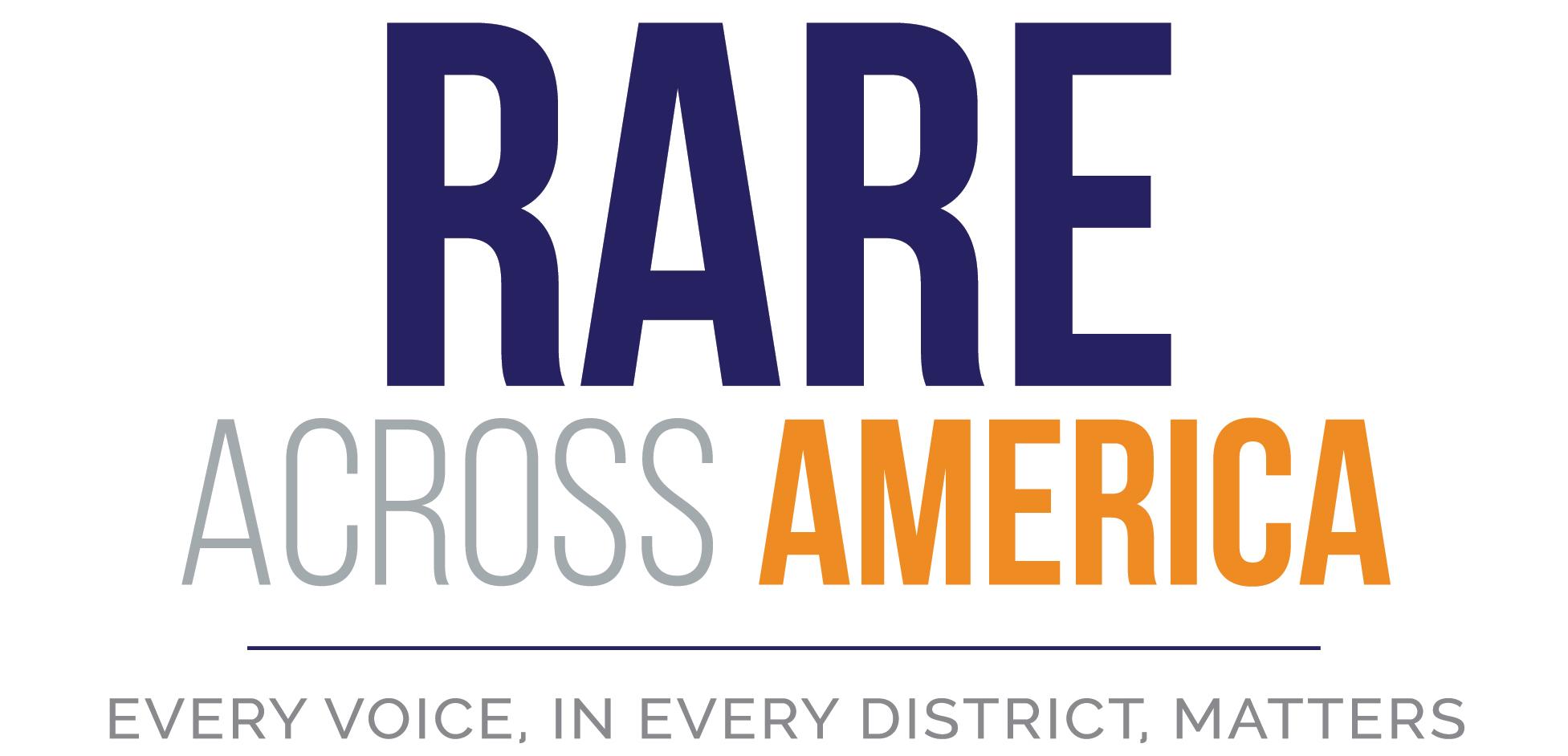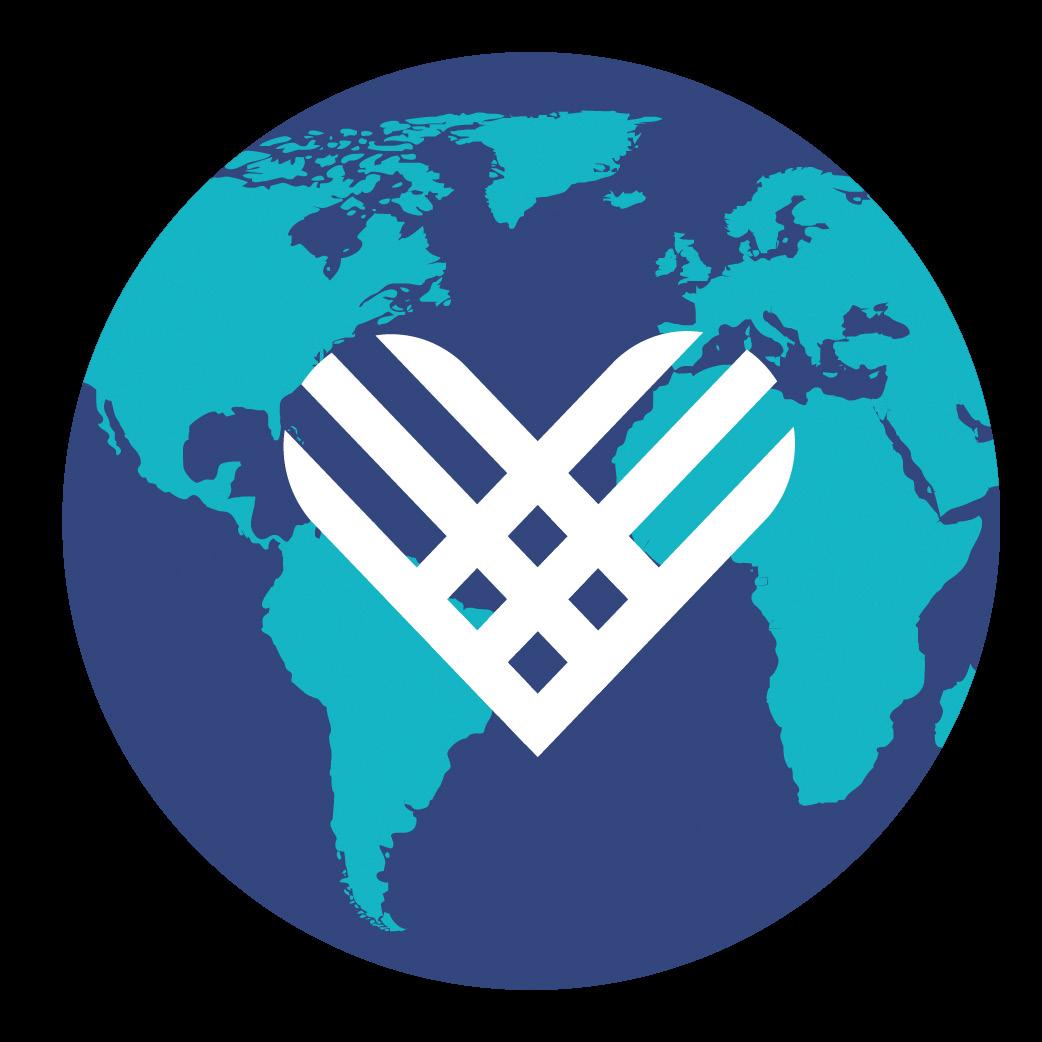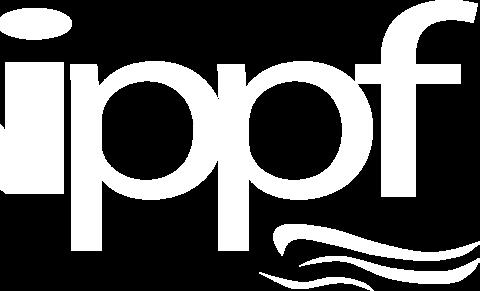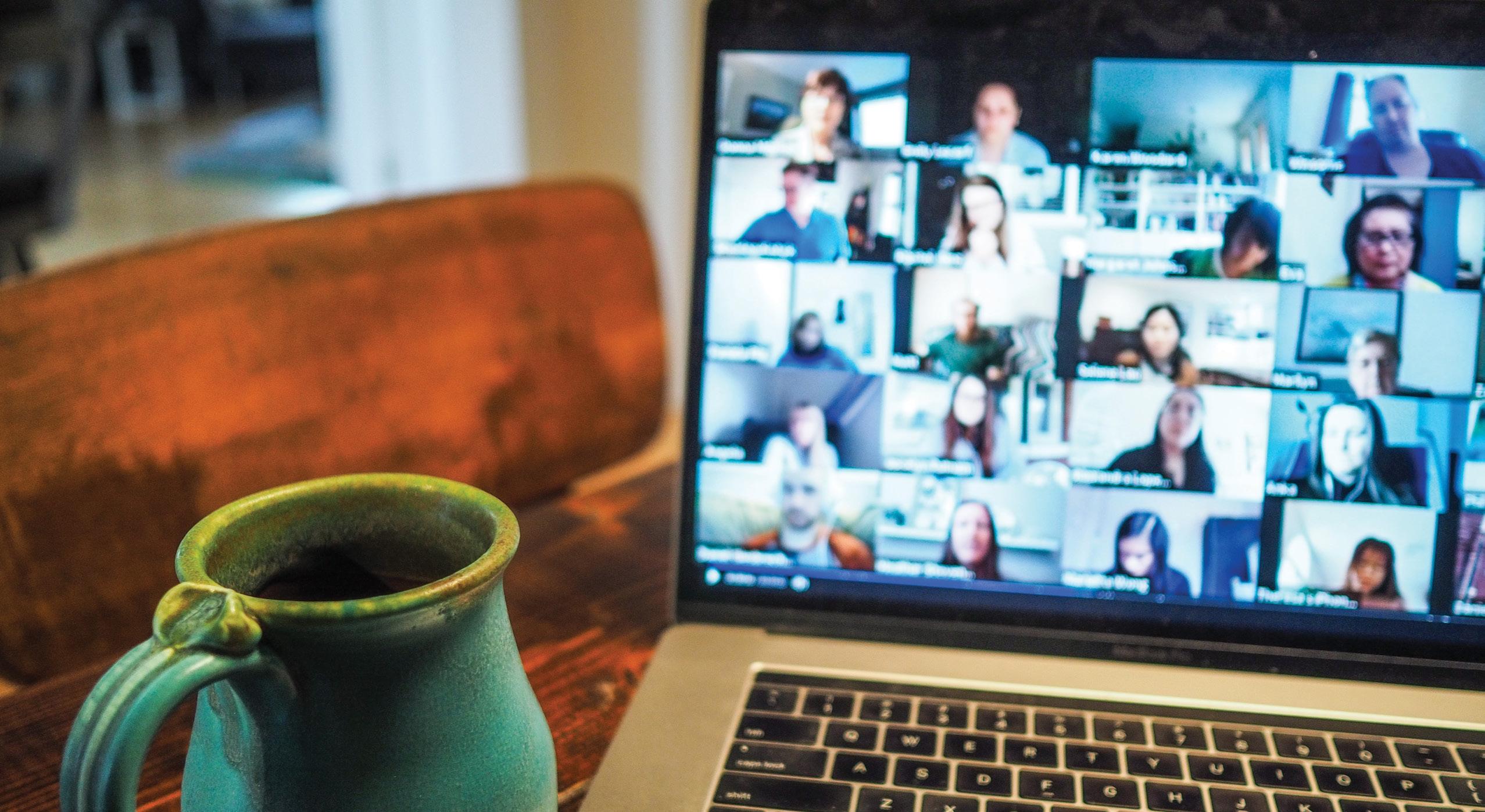
5 minute read
IPPF Virtual Patient Education Conference Recap
Janet Fairley, MD, FAAD, and David Woodley, MD
Hosting this year’s IPPF Virtual Patient Education Conference was a different experience from the usual in-person event. Prior to the start of the conference, we had concerns about technical errors with our laptops and coordinating our audio and visuals from two different sites, so we decided to co-moderate from the same location. This ended up being a good decision, since Janet’s computer couldn’t run the IPPF’s platform due to the University firewall! Thank you and congratulations to Becky Strong, IPPF Outreach Director, and Amethyst Yale, IPPF Outreach Assistant, who smoothly ran the technical aspects of the three-day virtual conference.
Advertisement
Before the start of the conference, we were introduced to the IPPF’s new executive director, Kevin Mead. Marc Yale has done an outstanding job in the role for many years—under his leadership the IPPF has grown substantially and has brought increasing visibility and usefulness to patients with pemphigus and pemphigoid (P/P). We are delighted that Marc is not leaving the IPPF. Instead, he is starting a new role that focuses on research and advocacy. We would like to welcome Kevin to the IPPF and to his new role.
On the first evening of the virtual conference, there was a panel discussion on the burden of living with pemphigus that featured both patients and disease experts. This included the founder of the IPPF, Janet Segall, who now continues to work as a peer health coach. Jennifer Mangone was also on the panel. She is the Manager of Congressional Policy for the American Academy of Dermatology and was able to provide broad political context. When panelists discussed the burden of their diseases and the hurdles in the way of receiving optimum and affordable care (such as lack of health insurance), Jennifer was able to discuss potential solutions at the local, state, and national levels in the US.
As physicians, it is always eye-opening to hear about the effects of blistering diseases on the lives of our patients. In the course of their medical visits, patients are more likely to share how they are tolerating their treatments, or the level of their current symptoms, but they do not always share the details of how hard these diseases can make their lives. The number of people who mentioned the loss of a job or inability to find a job due to their disease was startling. It seemed like it was an exception if a patient had an understanding employer. There is more work to be done, not only to improve treatments for P/P, but also to continue educating the public about these disorders. This is why the IPPF is so valuable.
Another highlight from the conference include a presentation by Dr. Ronald Feldman from the Department of Dermatology at Emory University on the use of immunosuppressive agents for patients during the COVID-19 pandemic. He mentioned that, so far, it appears that the use of such medications in this patient population has not been associated with an advanced spread of the disease or untoward outcomes. This is a question on the minds of both P/P patients and physicians amid the pandemic.
A new strategy developed in Europe for quickly diminishing the autoantibodies circulating in the blood of pemphigus patients called “immunoadsorption” was discussed. The presentation was given by one of the pioneers of this treatment in Europe, Dr. Michael Kasperkiewicz. In brief, the patient’s blood is filtered through a machine that separates the blood cells from the plasma, where the autoantibodies reside. The plasma is then filtered through a column that pulls out the IgG antibodies from the patient’s plasma. Then, the plasma (minus the IgG antibodies) and the cells are given back to the patient. The advantage to immunoadsorption is that it causes a rapid decline in the disease-causing antibodies while leaving more beneficial parts of the plasma. Many treatments of P/P can take several months to be fully effective, such as rituximab. Immunoadsorption may provide a bridge treatment during that time to give rapid improvement without additional immunosuppression. Dr. Kasperkiewicz said a European company is interested in bringing immunoadsorption technology to the US and is currently working toward this end with the Food and Drug Administration. Dr. Kasperkiewicz will be involved in the initial studies using immunoadsorption in the US.
Jennifer Harmon and Dr. Donna Culton, both from the University of North Carolina in Chapel Hill, presented on how to address oral mucosa blisters and erosions in P/P patients. Their presentation was filled with many great practical tips for both patients and physicians. For example, they recommended that patients with oral lesions avoid using products in their mouths that contain detergents, such as sodium laurel sulfate (SLS), which is in many products. They gave examples of specific products that do not contain SLS, such as Biotene, Sensodyne, Kiss My Face, Jason’s Toothpaste, and Toms of Maine Whole Care. (Note: always check product labels to determine ingredients.) They also suggested avoiding mouth washes that contain alcohol and recommended Listerine Cool Mint and Listerine Sensitivity. A tip they provided for cleaning teeth was to use a water flosser device on the lowest setting. As physicians know, these are the sort of practical tips that can be extremely helpful for our patients.
The conference included three days of excellent presentations from patients, advocates, and health care providers. Another unique aspect of the virtual conference was the various opportunities for patient participation, such as attendee questions and polls that were conducted between presentations. The poll responses were often surprising and very interesting. The results highlighted the broad participation from across the world for this first virtual conference, as well as the large number of first-time attendees. A silver lining of being forced to meet virtually is that people who might not be able to take time away to travel to the event could participate from home.
Although the virtual conference was a resounding success, we missed the opportunity to get to know (or renew our acquaintance) with attendees in person. The ability to meet P/P patients and hear their stories at the annual conference is always motivating for those of us who treat and conduct research on autoimmune blistering diseases. Plus, who can forget the party with the Elton John impersonator? We are looking forward to the next time we can be together in person, as well as retaining the virtual components for those who cannot make the trip to our next destination.
Dr. Janet Fairley is Professor of Dermatology and Chair at the University of Iowa Carver College of Medicine. Her current research is to better understand the pathogenesis of the organ-specific autoimmune blistering diseases, such as bullous pemphigoid. Dr. Fairley is currently the president of the Society for Investigative Dermatology as well as a member of the IPPF Medical Advisory Council.
Dr. David Woodley is Professor of Dermatology at the University of Southern California Keck School of Medicine. Dr. Woodley is the author of over 250 original articles and is a clinician-investigator with continuous National Institutes of Health funding since 1982.










